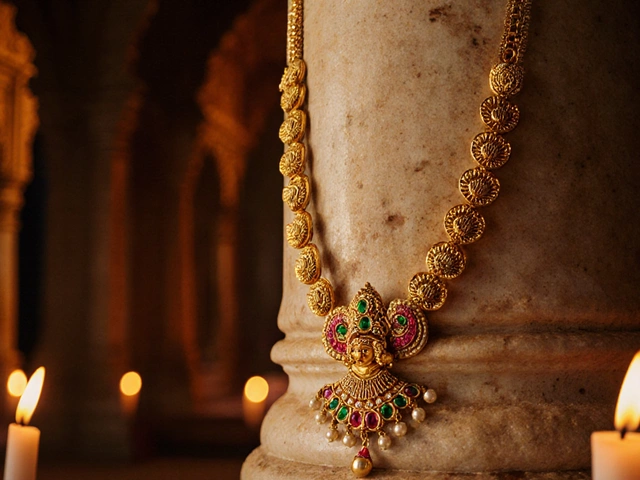Tag: Sikhism - Page 3
Kirpan in Schools and Workplaces: Navigating Challenges and Finding Solutions
The inclusion of the Kirpan, a ceremonial dagger worn by Sikh individuals, in schools and workplaces raises questions about religious freedom and safety. This article explores the balance between respecting religious practices and ensuring safety, offering practical solutions for both educational institutions and work environments. By understanding the cultural significance of the Kirpan, we can develop thoughtful policies. Learn about real-world challenges and possible accommodations that respect both tradition and safety.
Kirpan: Legal Guidelines Across the Globe
The Kirpan is an important spiritual symbol in Sikhism, symbolizing ethics and the fight against injustice. However, its legal status varies around the world, with countries differing in their approach to religious freedom and public safety. This article explores these legal frameworks, offering a helpful guide for Sikhs and global travelers. Understanding Kirpan laws can prevent legal complications while respecting religious traditions.
The Kirpan: Exploring its Importance in Sikhism
The Kirpan, one of the Five Ks of Sikhism, is more than just a ceremonial dagger. It represents compassion and one's duty to stand against oppression. Understanding the Kirpan helps appreciate its role in Sikh faith and how it symbolizes moral responsibility. This article delves into the significance and the principles behind wearing it.
Kirpan: A Sacred Duty Beyond a Sword
The Kirpan is more than just a sword; it represents a critical aspect of Sikh faith and tradition. Worn as one of the 'Five Ks,' it symbolizes the wearer's duty to protect and uphold justice. This article delves into its historical roots, religious significance, and the responsibilities that come with carrying a Kirpan. Discover why this weapon is an essential part of Sikh identity, transcending its physical form to embody a moral and spiritual commitment.
The Right Way to Wear and Carry a Kirpan: A Guide
The kirpan is an essential symbol of faith for Sikhs. This article guides you through the proper way to wear and carry a kirpan, providing practical tips and interesting facts. Understand its significance, how Sikhs integrate it into daily life, and how to address common misconceptions. Whether you're part of the Sikh community or just curious, this article aims to inform and clarify.
Kirpan: A Symbol of Courage and Justice in Modern Times
The Kirpan is more than just a ceremonial dagger—it embodies the principles of courage and justice within the Sikh faith. This article uncovers the cultural significance and historical roots of the Kirpan, illustrating how it serves as a potent reminder of a Sikh's duty to stand up against oppression. Through interesting facts and practical tips, readers will gain a deeper understanding of how this symbolic item influences modern Sikh practice and identity.
Kirpan: Uncovering Its Spiritual Roots and Non-Violent Symbolism
The kirpan, often misunderstood, is not just a ceremonial dagger but a profound symbol of spirituality and non-violence in Sikhism. This article explores the deep spiritual significance of the kirpan, its historical origins, and its role in promoting peace and justice. Discover how this emblem of courage and service fits into modern-day Sikh practices. Learn about the principles that underpin carrying a kirpan and its relevance in contemporary society.
Kirpan: The Sikh Commitment to Protect and Serve
The Kirpan is a ceremonial sword or dagger carried by Sikhs as part of their religious faith. It represents the duty to ensure justice, protect the innocent, and stand up against oppression, symbolizing both spiritual and temporal responsibilities. Understanding the Kirpan involves exploring its historical roots, significance in modern society, and the commitments it entails for those who wear it. This article delves into why the Kirpan remains a powerful symbol of the Sikh community’s dedication to protecting and serving others.
Understanding the Kirpan: One of the Five Ks of Sikhism
The Kirpan is an important symbol in Sikhism, representing the commitment to justice and protection. This article explores the significance of the Kirpan as one of the Five Ks, along with its historical context and modern relevance. Readers will learn why the Kirpan is an integral part of Sikh identity and how it is used in daily life. By demystifying this sacred item, we hope to foster better understanding and respect for Sikh traditions.
Exploring the Kirpan: Rituals and Blessings
The Kirpan is a ceremonial sword that holds deep religious significance in Sikhism. It's worn by initiated Sikhs as a symbol of responsibility, justice, and faith. This article explores the rituals associated with the Kirpan, its blessings, and its role in the lives of Sikhs. From rites of passage to its historical roots, understanding the Kirpan offers insight into a rich cultural practice.
The Kirpan's Role in Sikh Commitment to Protection
The Kirpan, a ceremonial sword or dagger, is more than just a weapon for Sikhs—it's a profound symbol of their commitment to protect others. This sacred object embodies the duty of defending justice and those in need. For Sikhs, carrying the Kirpan is a practice deeply rooted in their religious beliefs, representing courage and respect for life. While it may raise questions in communities unfamiliar with it, understanding its significance sheds light on Sikh values.
Kirpan: Meaning and Significance Explained
The Kirpan is more than just a ceremonial dagger; it's a vital symbol in Sikhism. It represents courage and the commitment to fight against injustice. Observant Sikhs carry it as a reminder of their duty to defend the vulnerable. This article explores the cultural, religious, and historical significance of the Kirpan, providing insights into its meaning and place in modern-day Sikh practice.
















